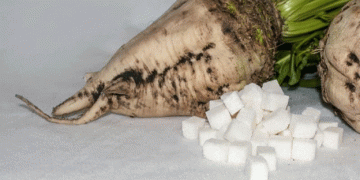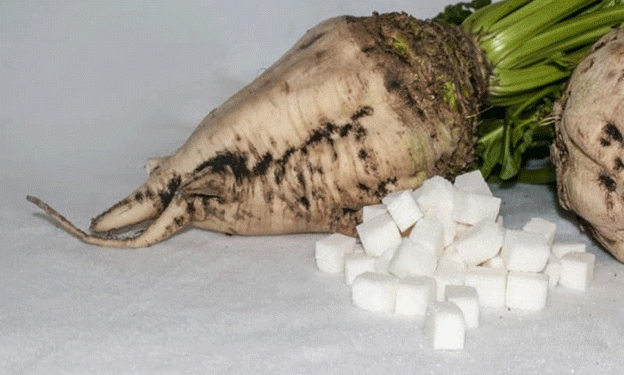The sugar beet harvest in Lipeck is making headlines as local factories achieve significant processing milestones. As of now, Lipeck’s five operational sugar factories have produced 63,800 tons of sugar from 499,000 tons of newly harvested sugar beets. In addition, 21,700 tons of beet pulp have been generated, highlighting the productive efficiency of the region’s sugar industry.
Harvest and Processing Insights
The sugar beet harvest is progressing across 16 districts and regions of Lipeck, covering a total of 14,000 hectares. To date, approximately 481,800 tons of sugar beets have been harvested, a testament to the intensive agricultural efforts in the region. However, the yield is lower compared to the previous year due to adverse weather conditions, including May frosts and insufficient moisture.
Despite these challenges, the sugar content in this year’s beets has improved. Currently, the sugar content stands at 17.9%, up from 15.28% at the same time last year. This increase in sugar concentration is a positive outcome amidst the lower yields and reflects the resilience of the crops.
Strategic Importance and Regional Impact
Sugar beets hold a strategic position in Lipeck’s agriculture, and the region is recognized for its significant contribution to national sugar production. According to Sergey Kuzovlev, the head of the regional agricultural department, “Sugar beets are a strategic crop for the region. Lipeck traditionally ranks among the top three in the country for beet harvest and sugar production, with around 800,000 tons of sugar produced annually.”
In 2024, Lipeck has allocated 115,700 hectares for sugar beet cultivation, underscoring the importance of this crop to the local economy and agricultural landscape.
The current sugar beet season in Lipeck showcases a blend of challenges and achievements. While the overall yield has decreased due to unfavorable weather, the improved sugar content highlights the effectiveness of the region’s farming techniques. The strategic role of sugar beets in Lipeck’s agriculture remains clear, with ongoing efforts to maintain high production standards and contribute significantly to national sugar supplies.































